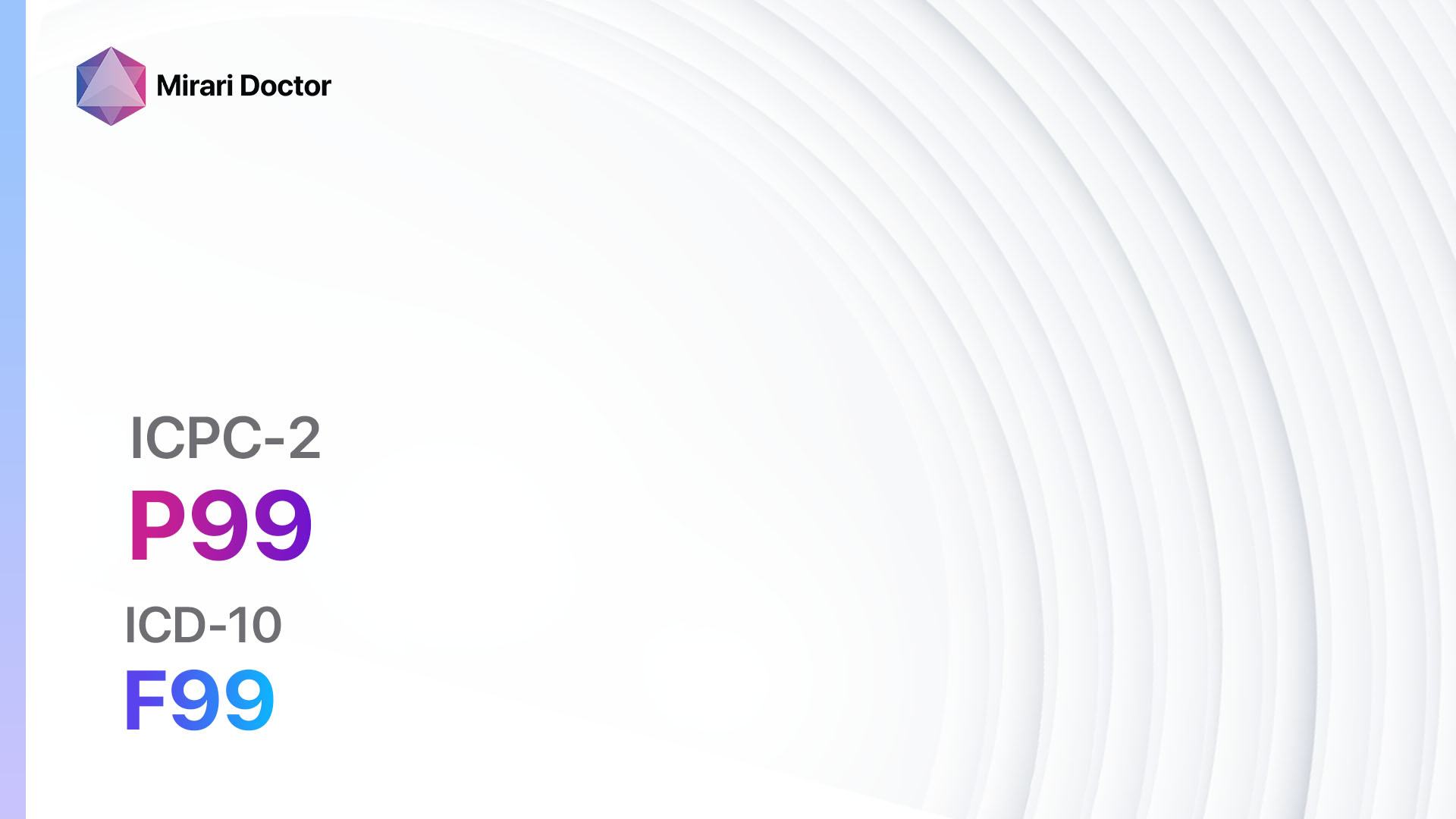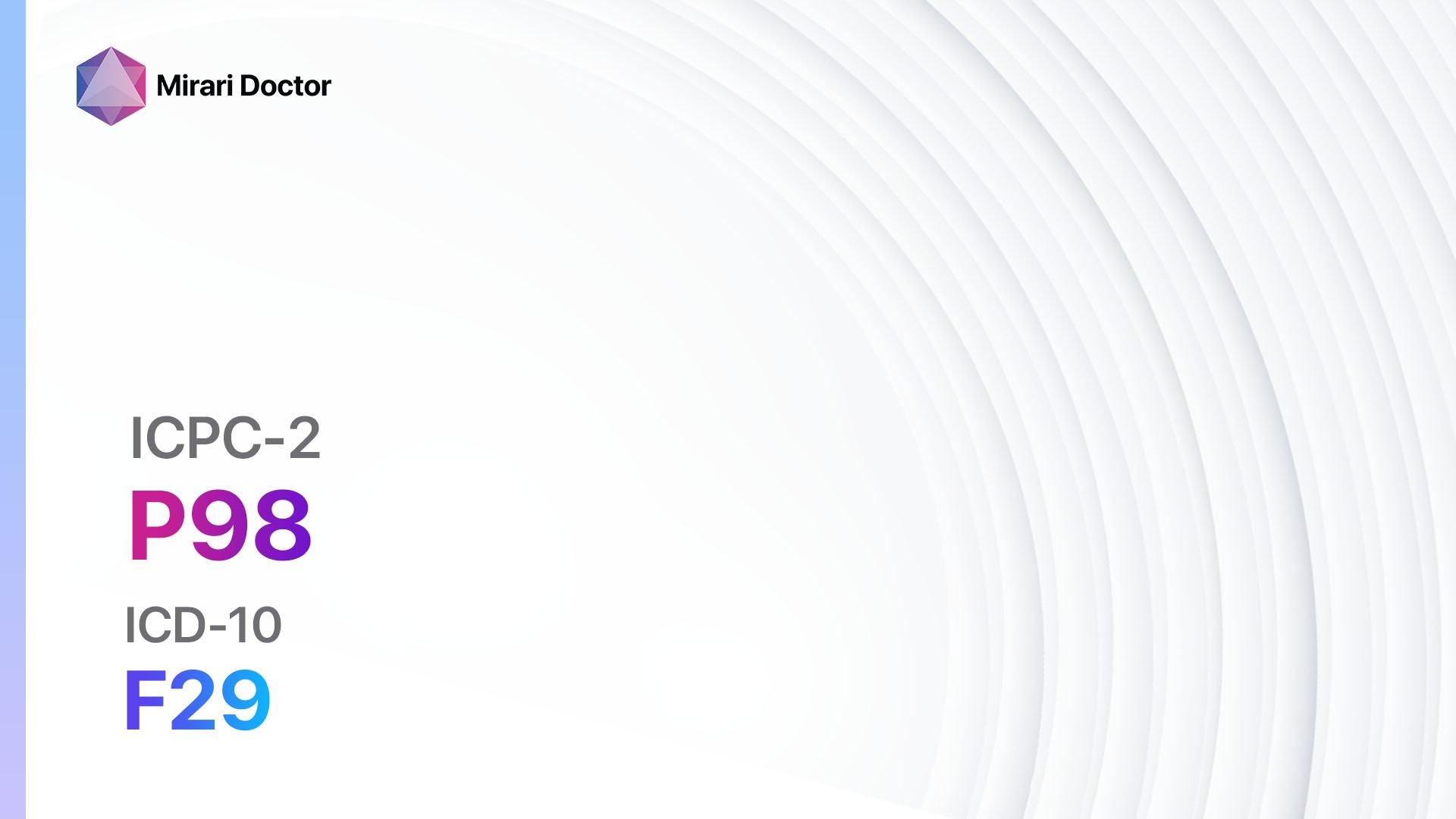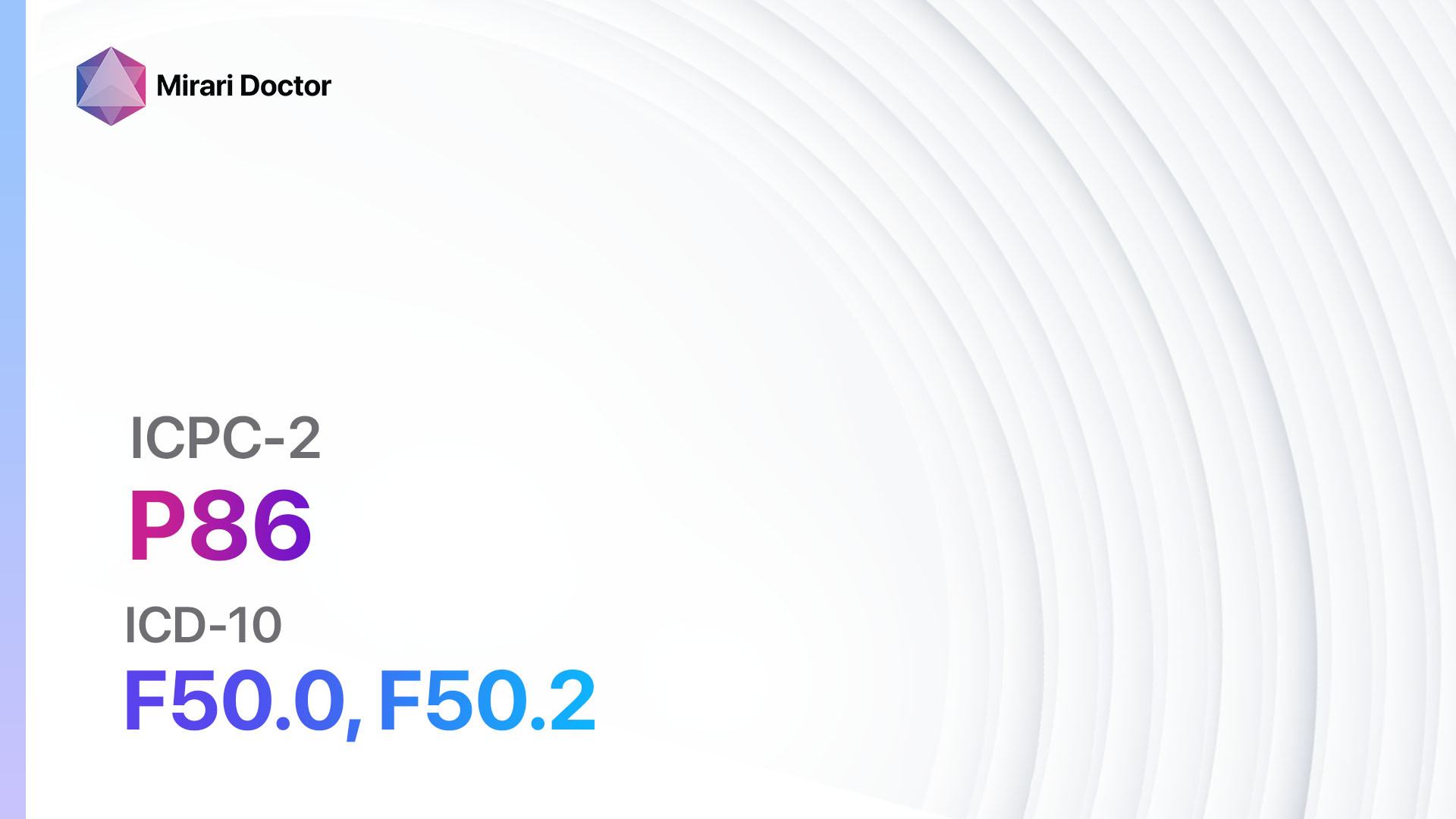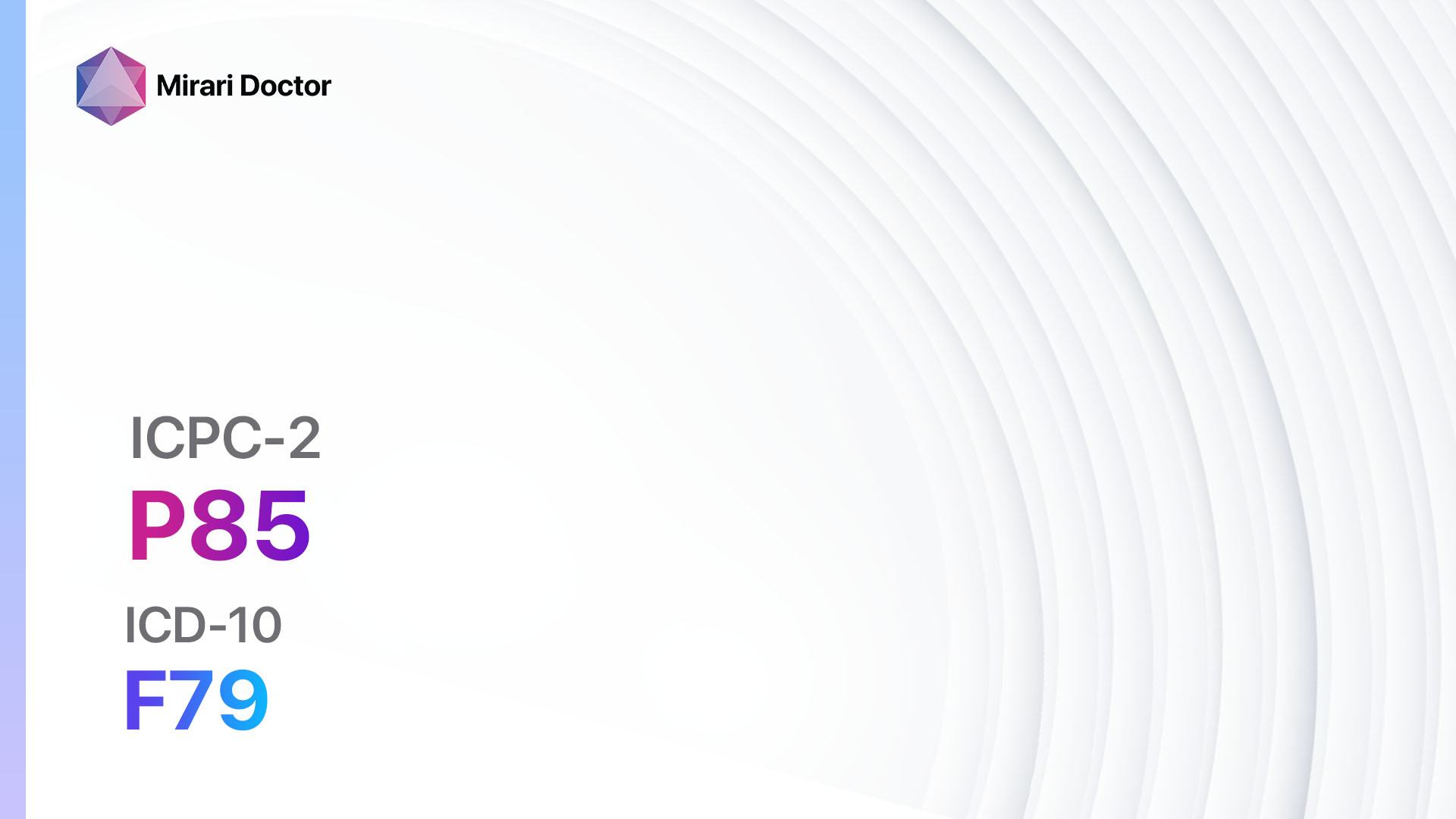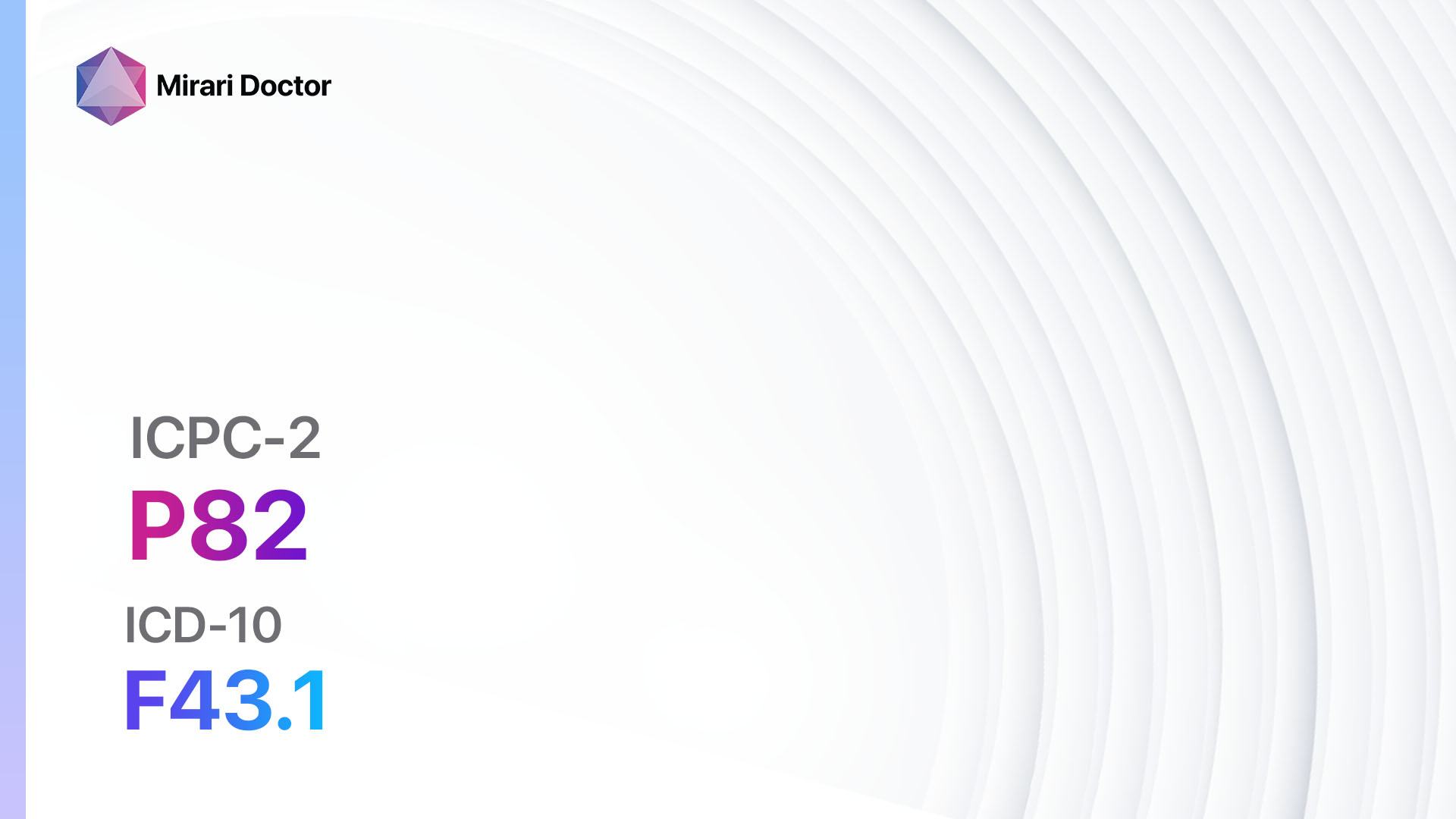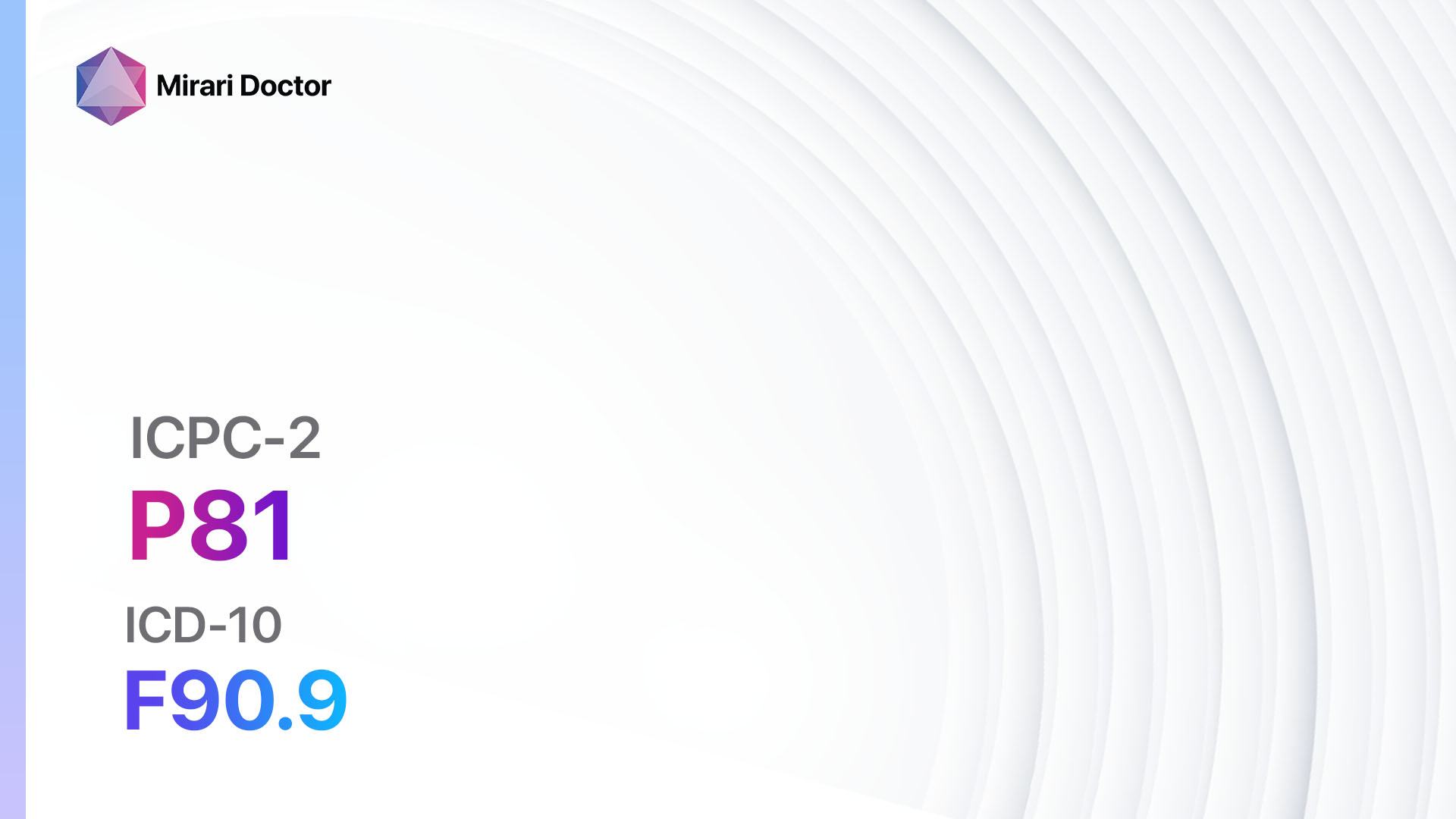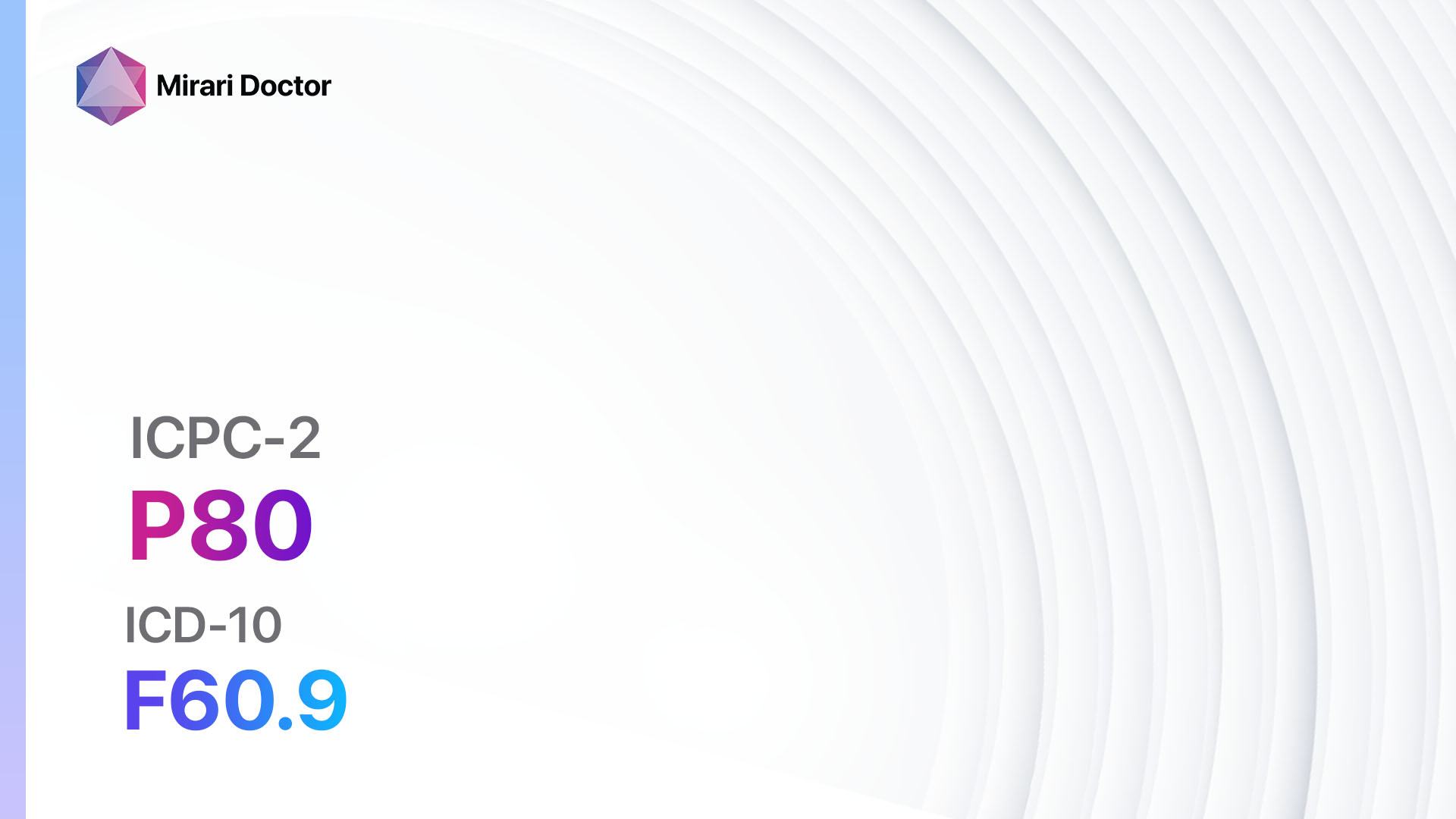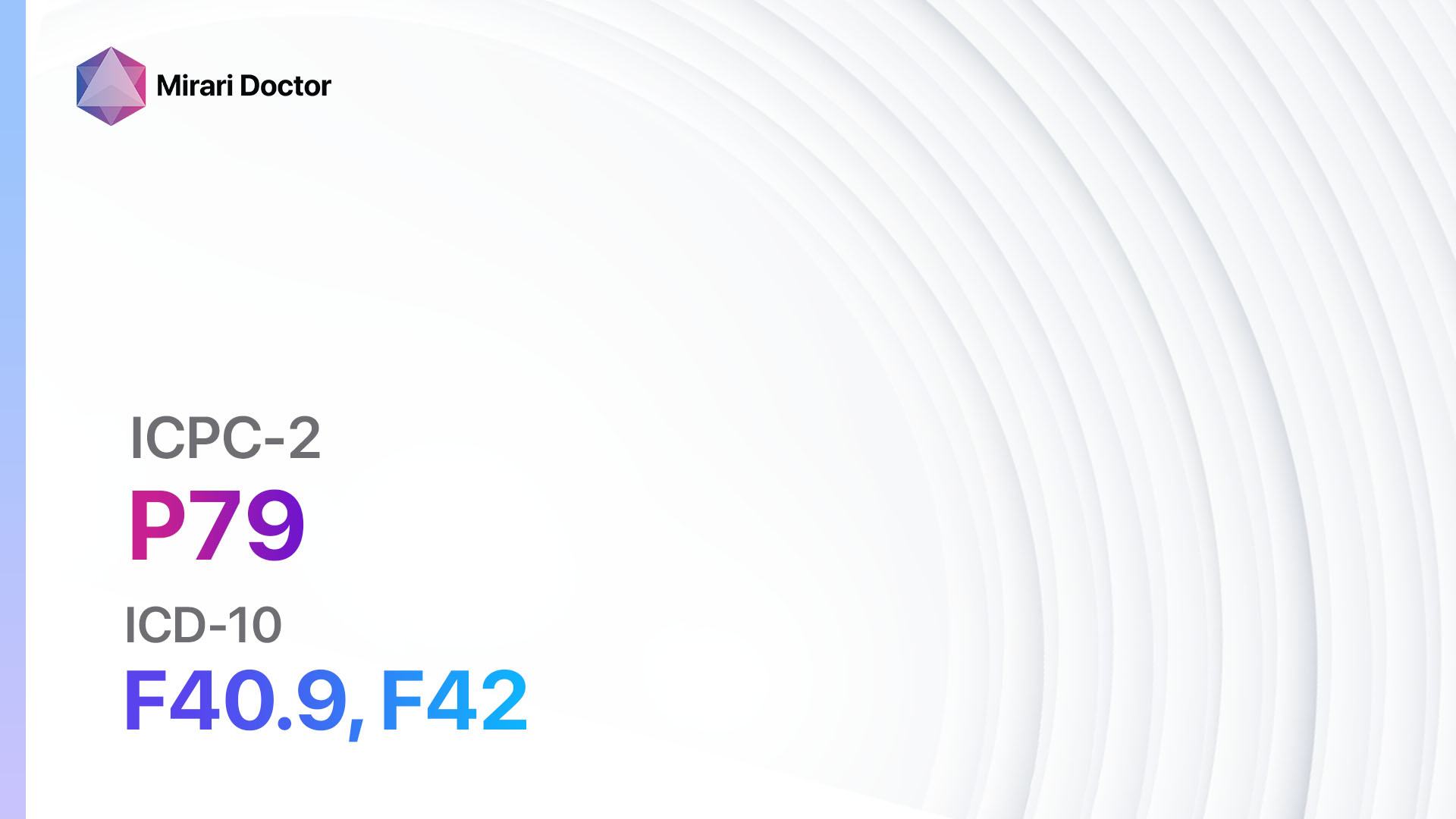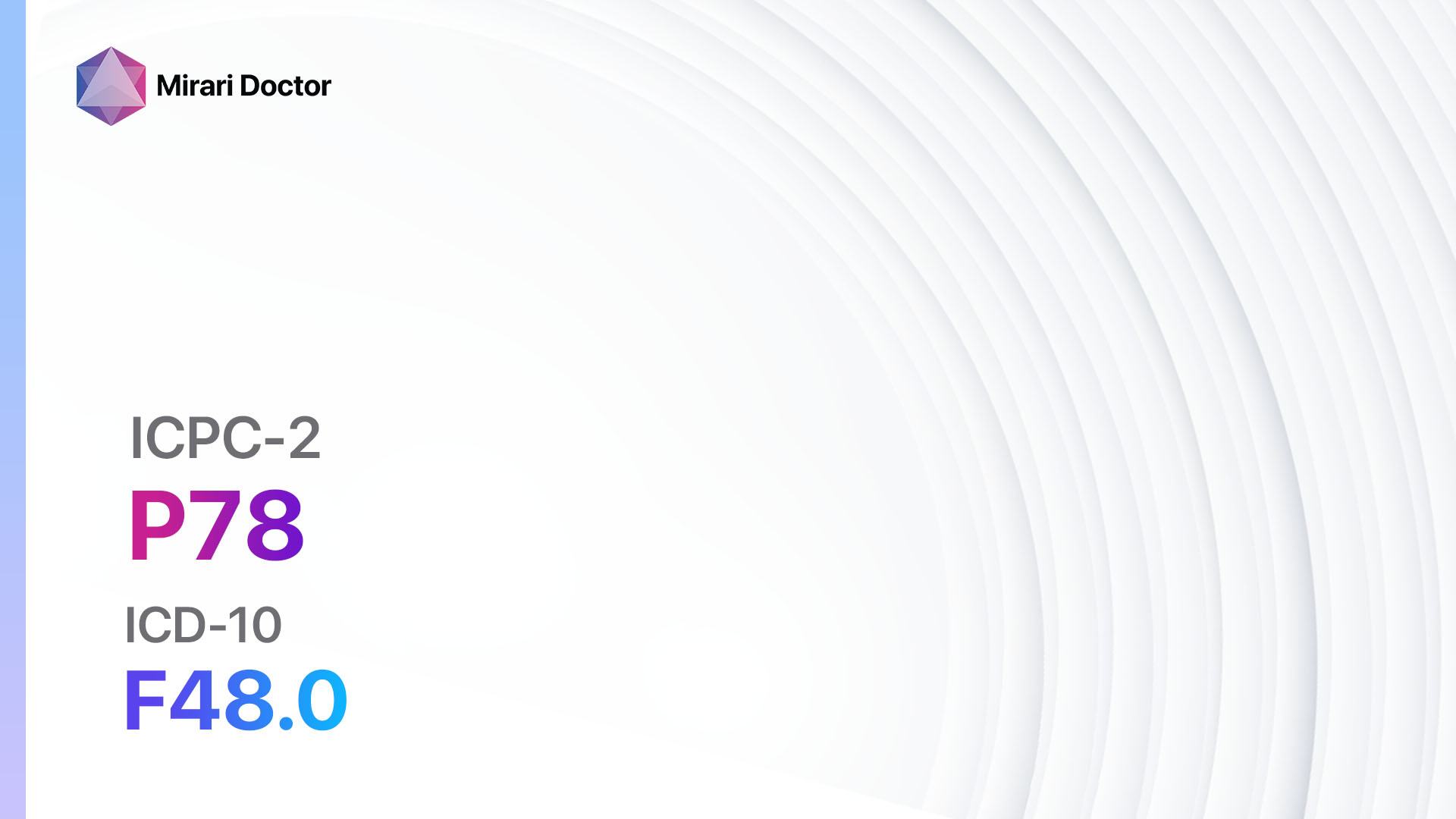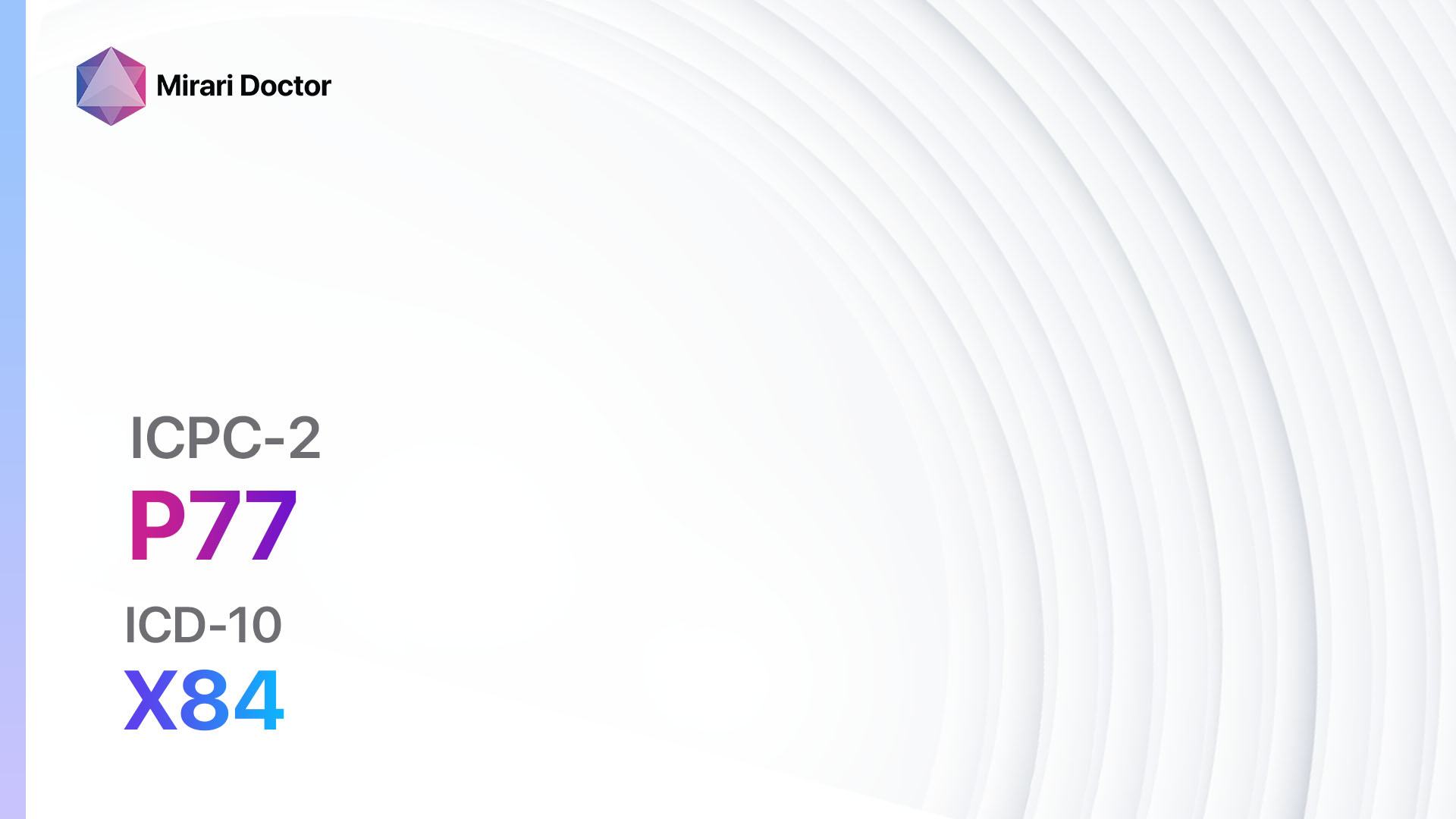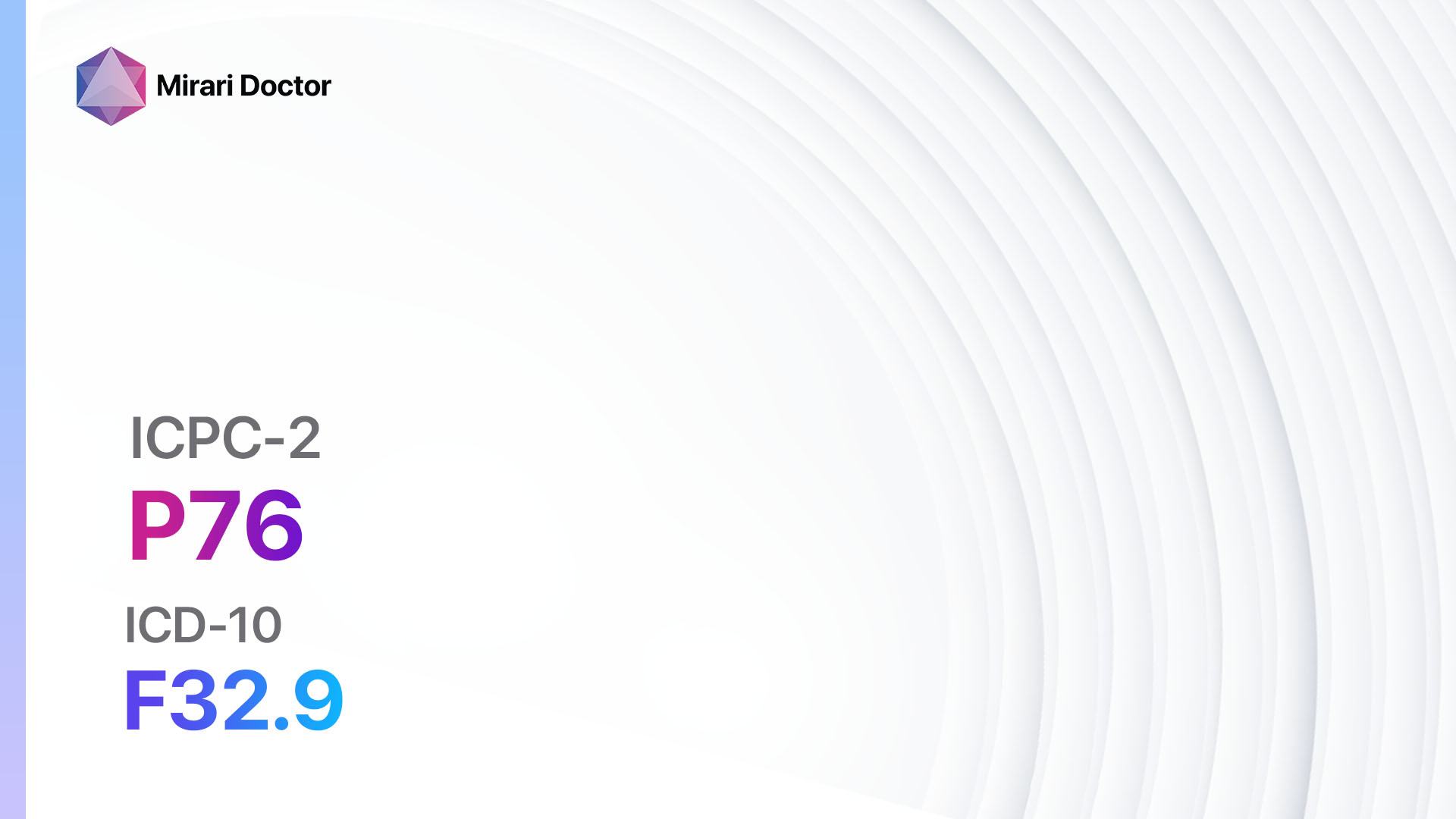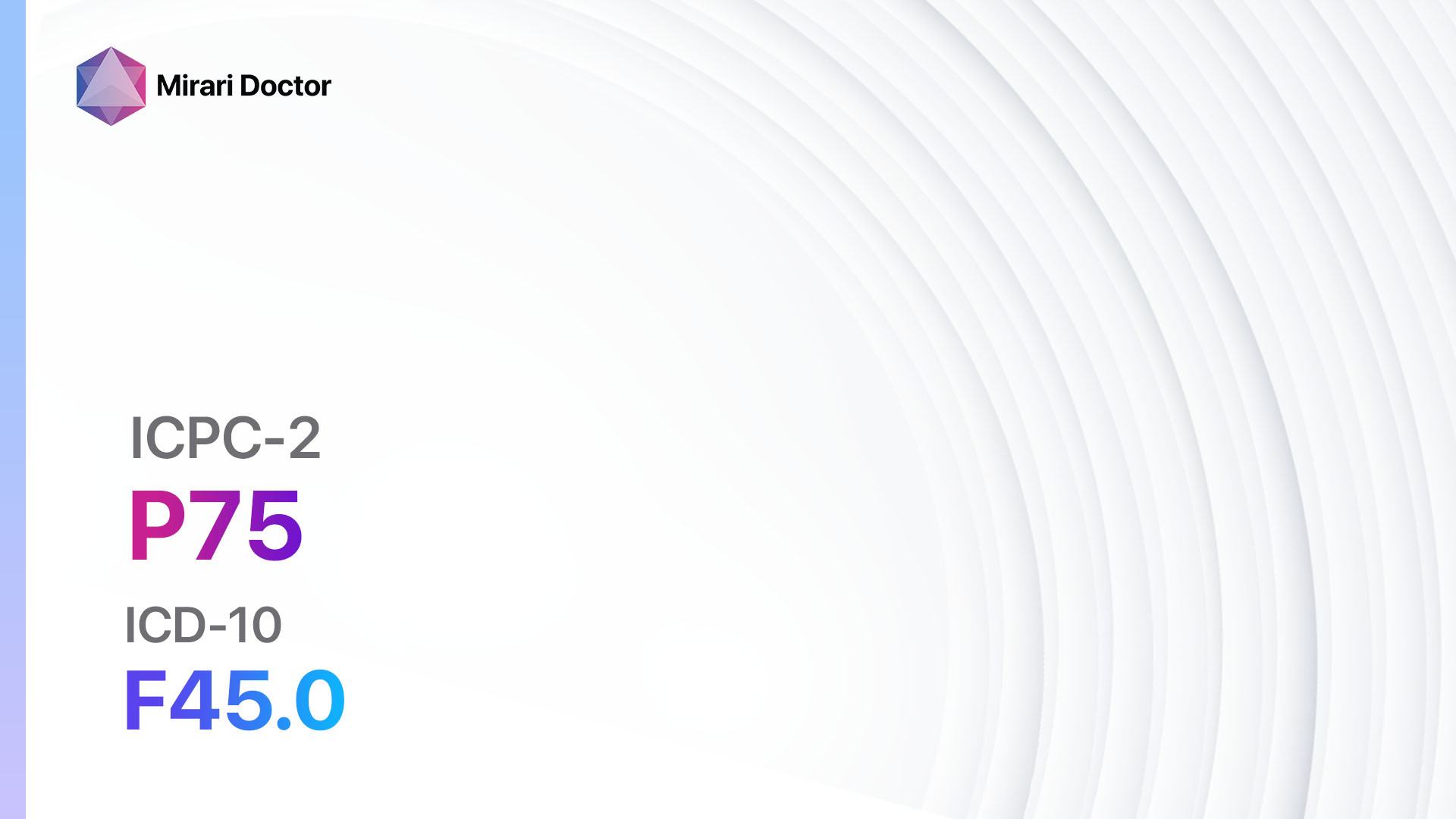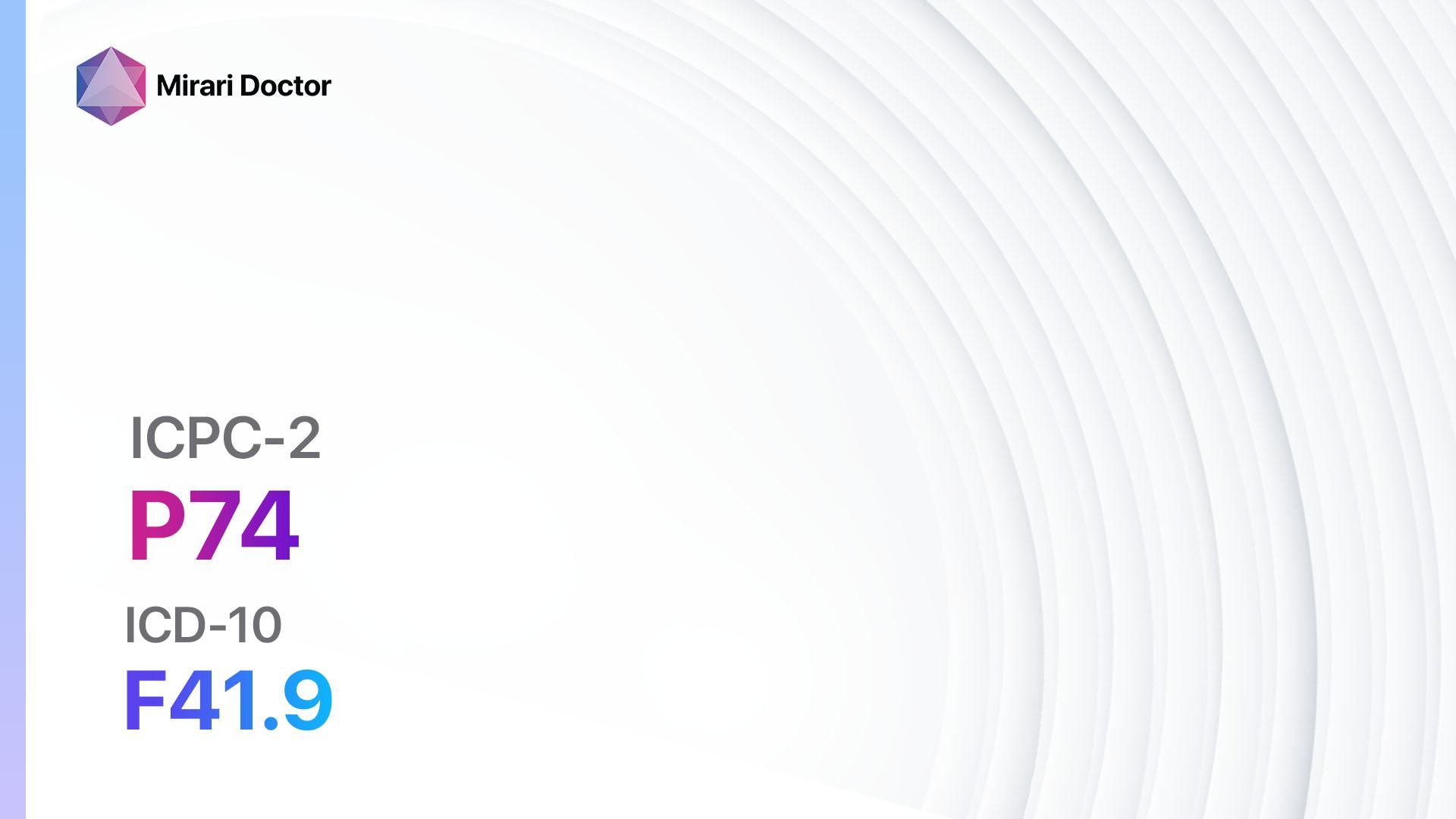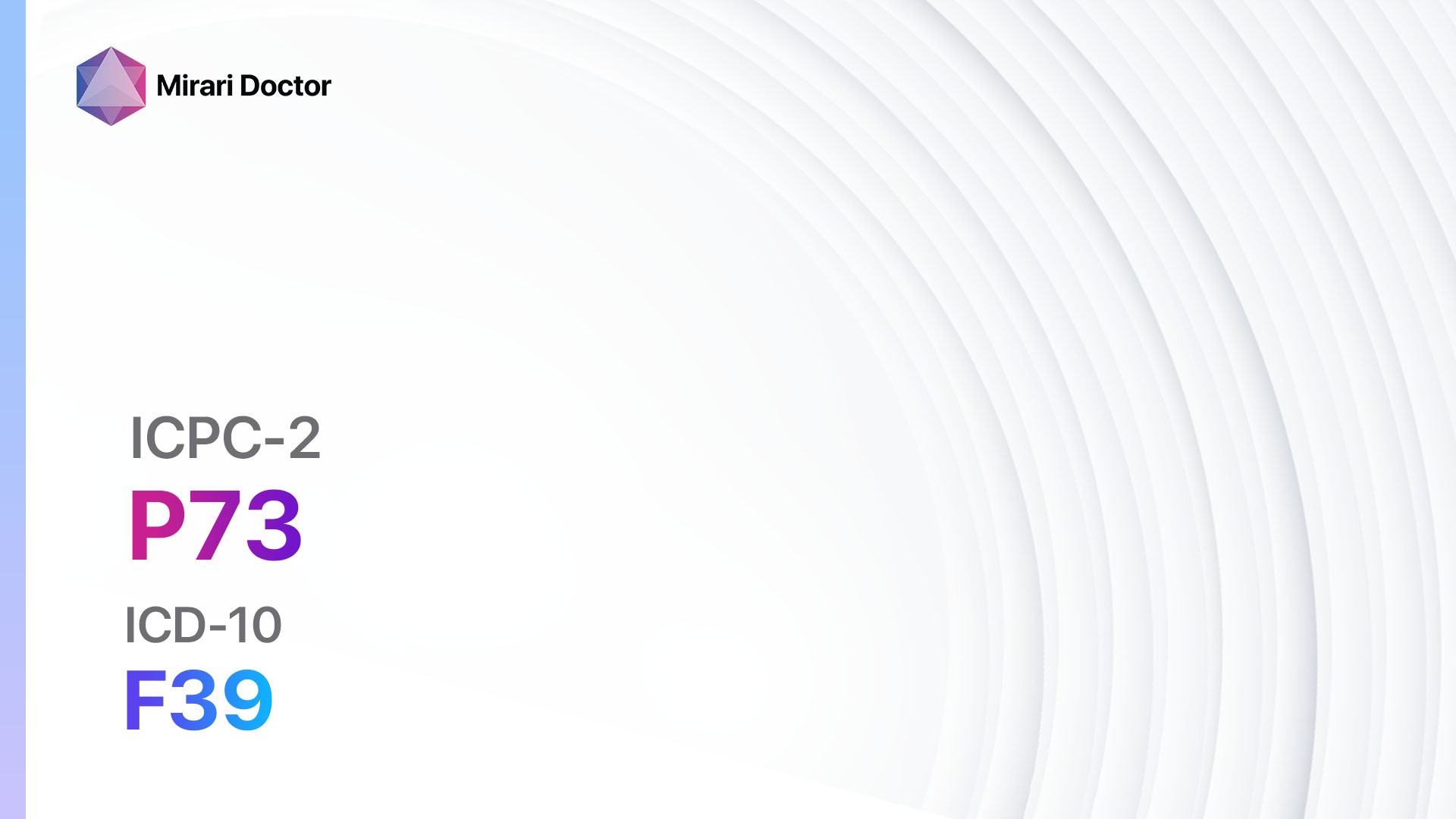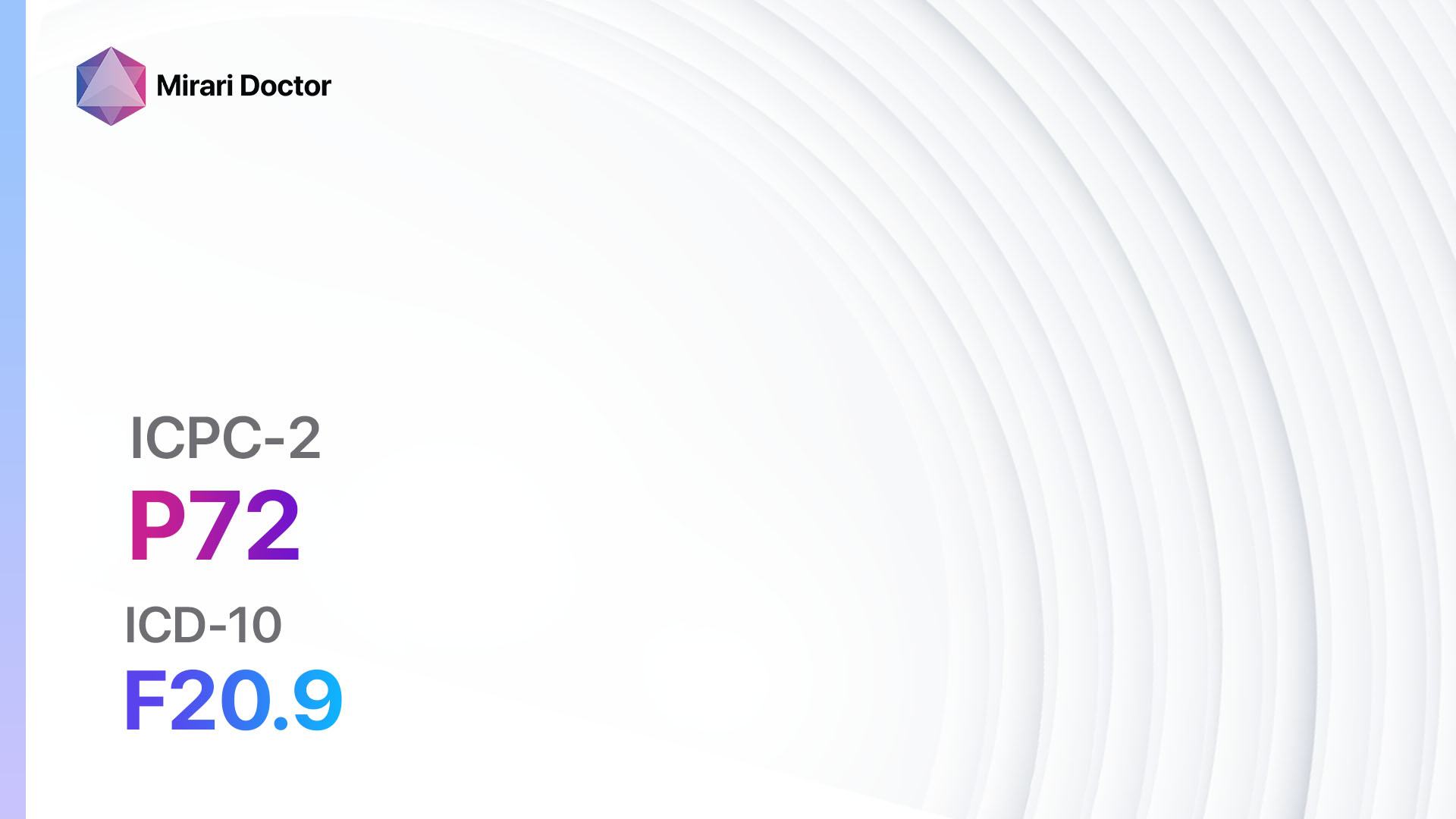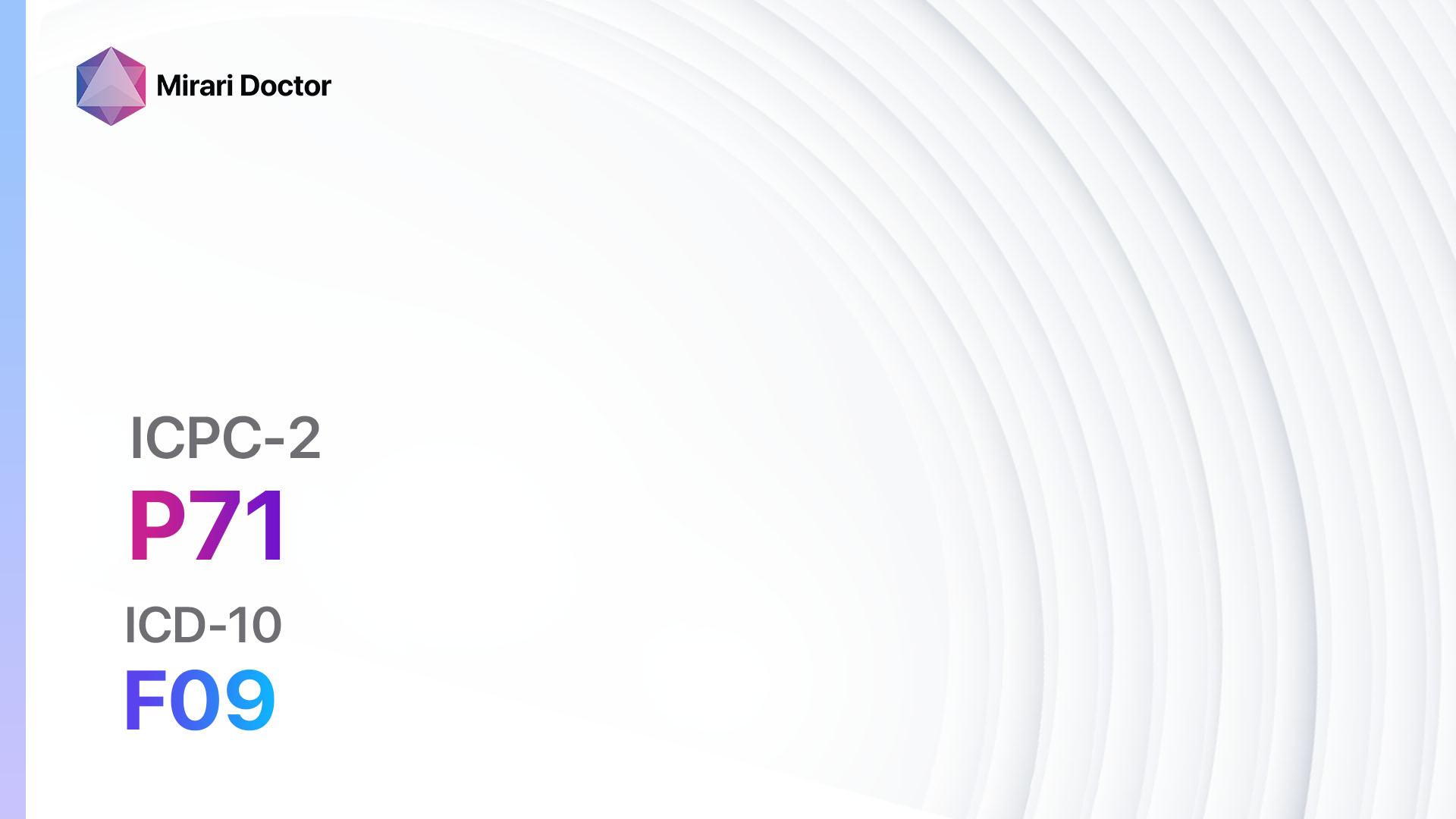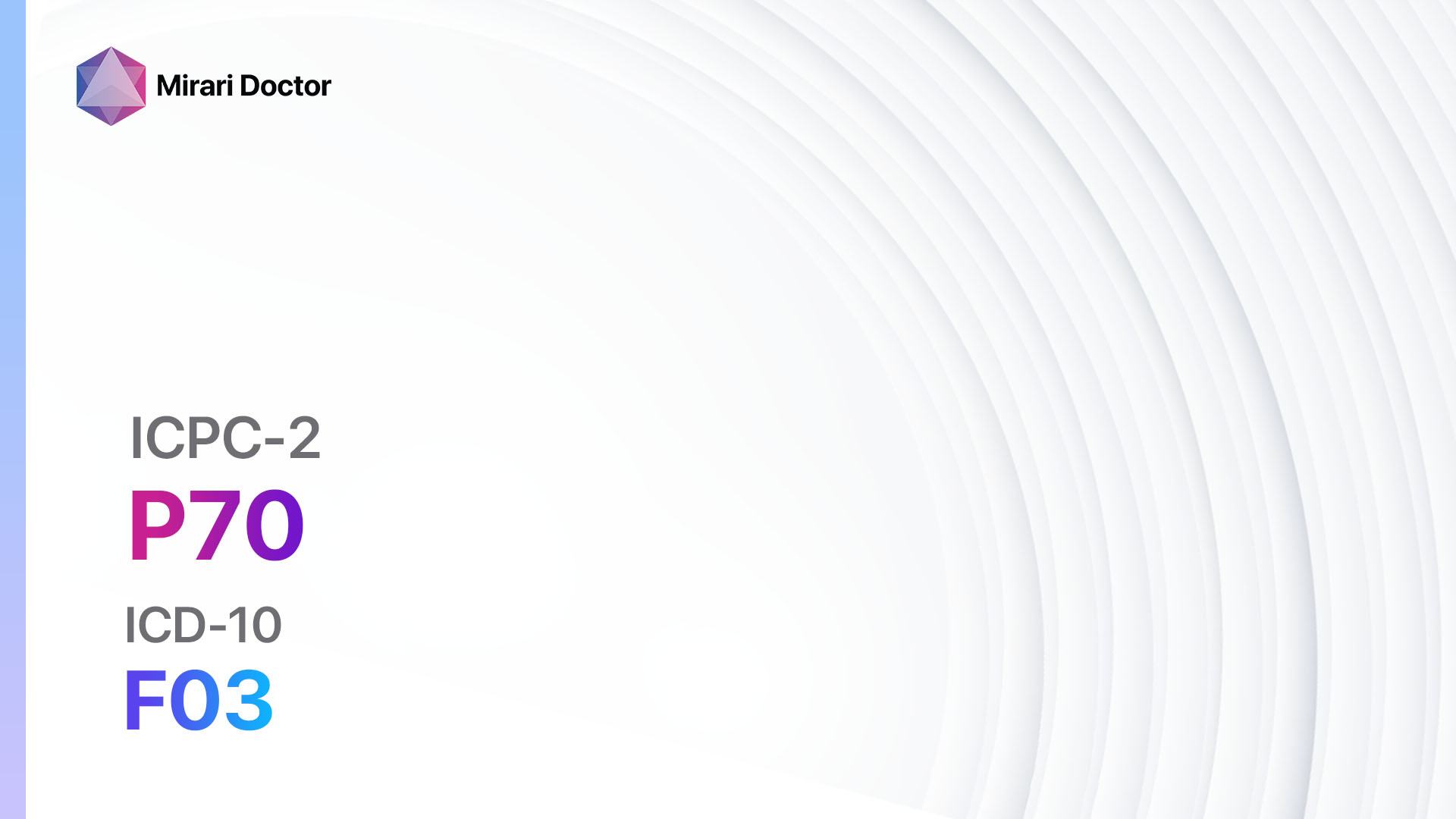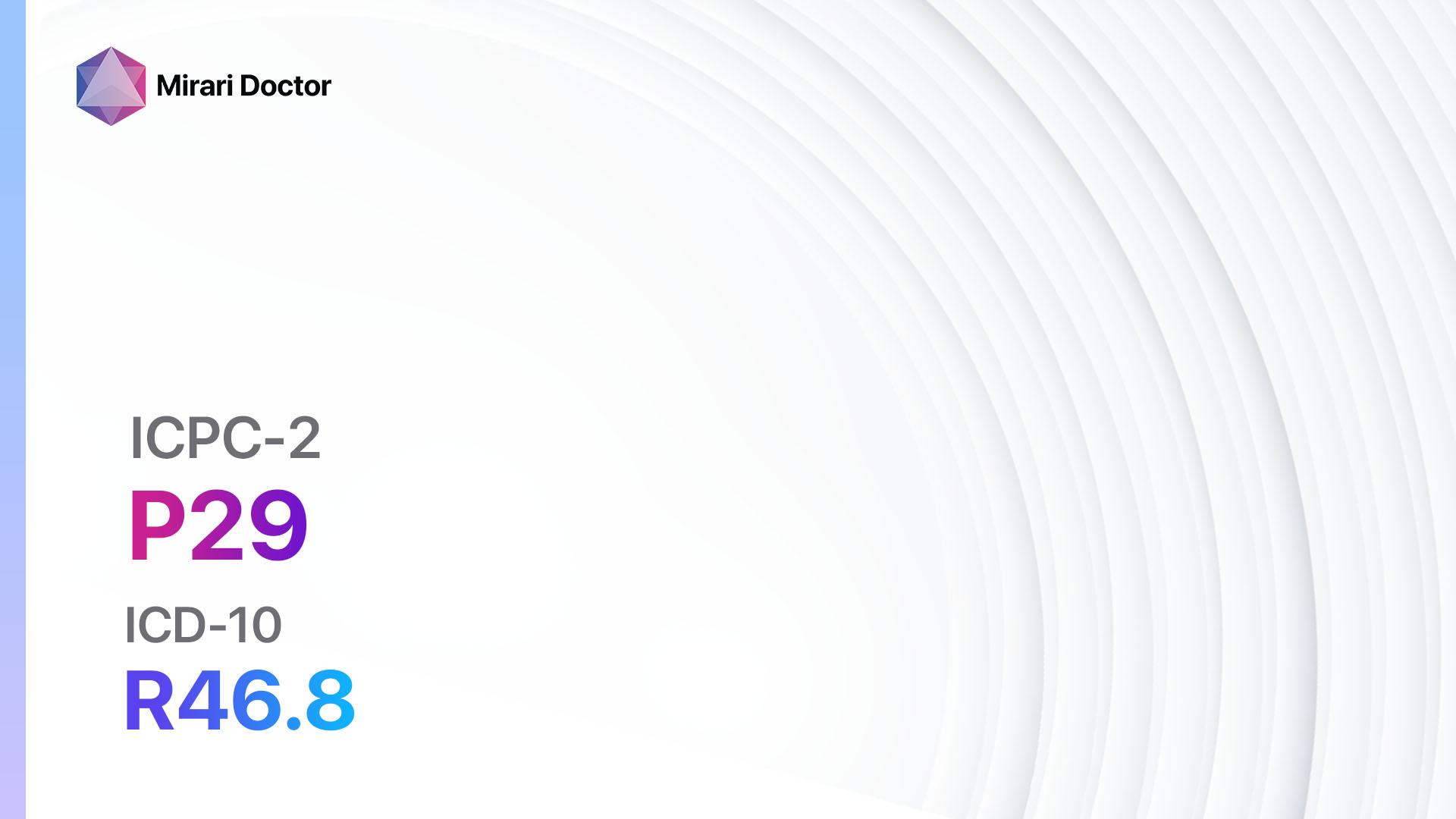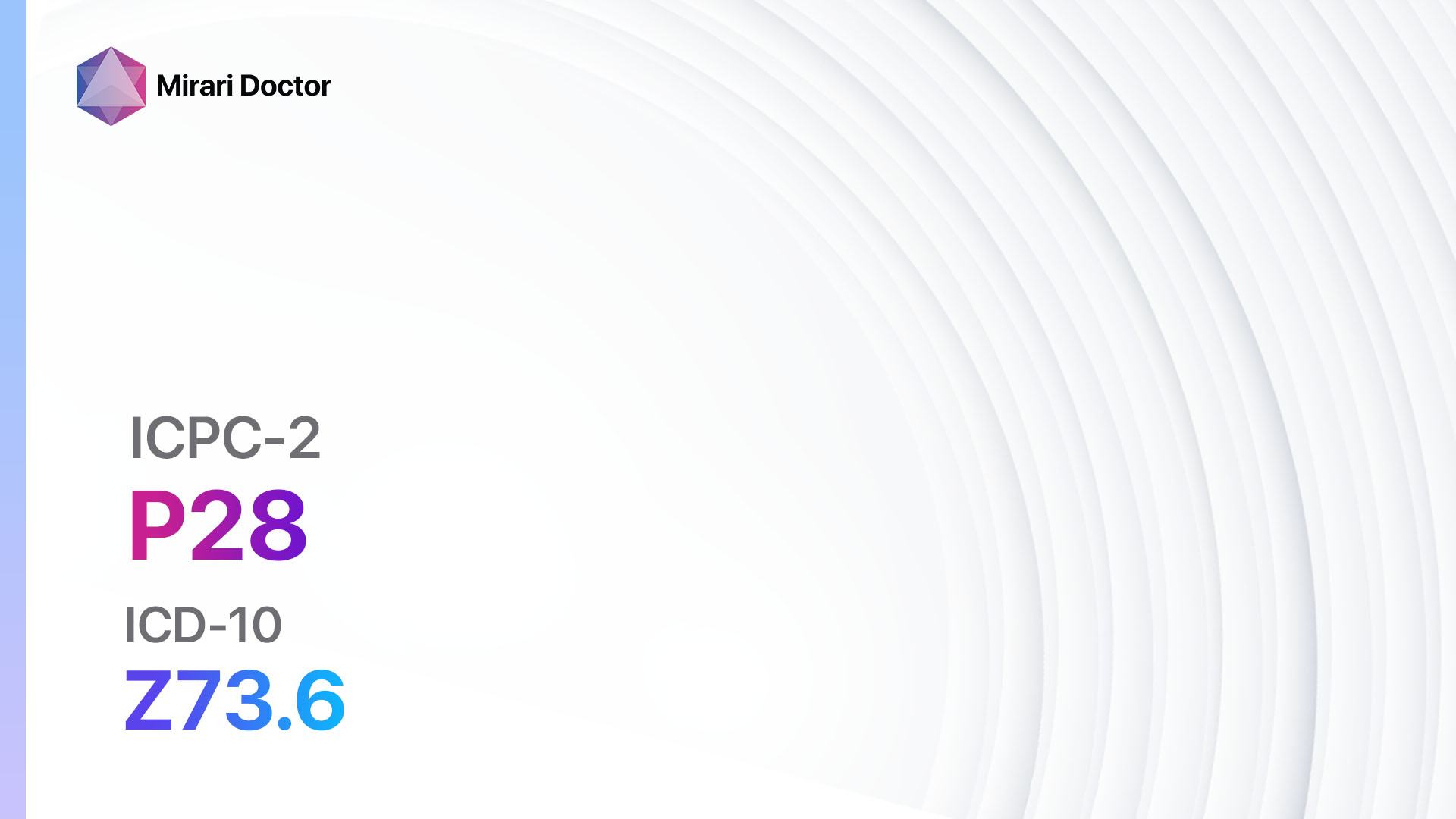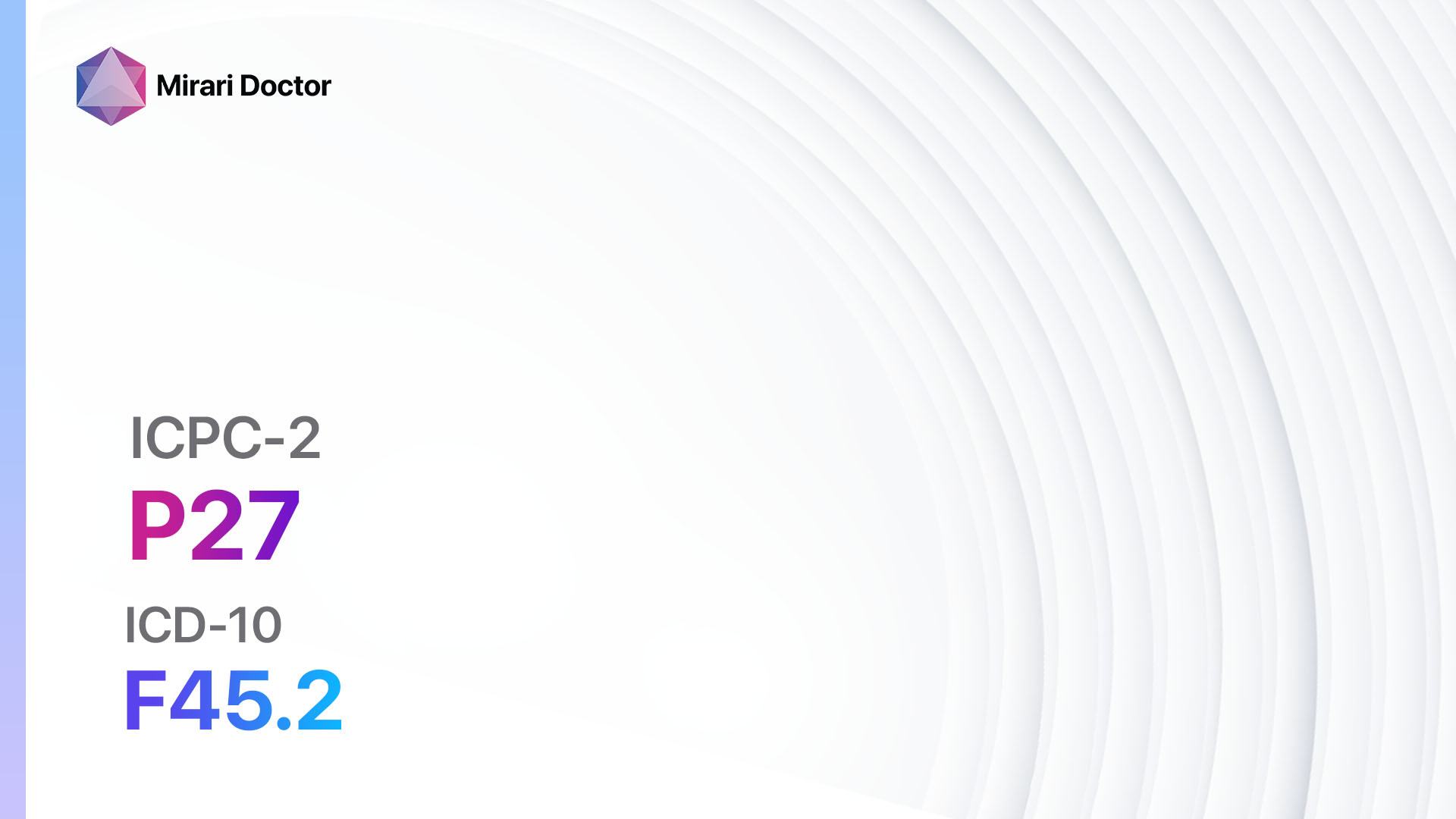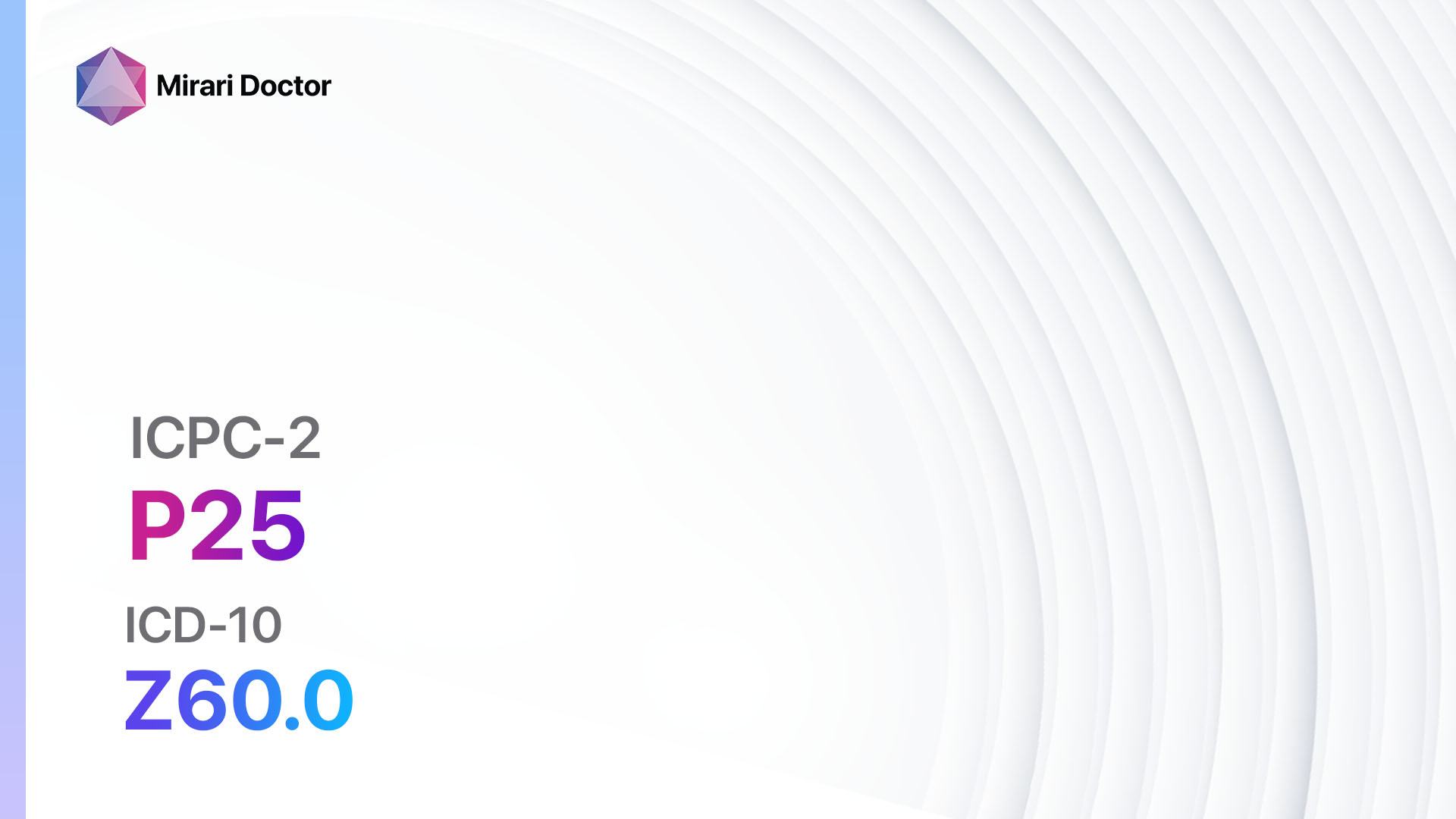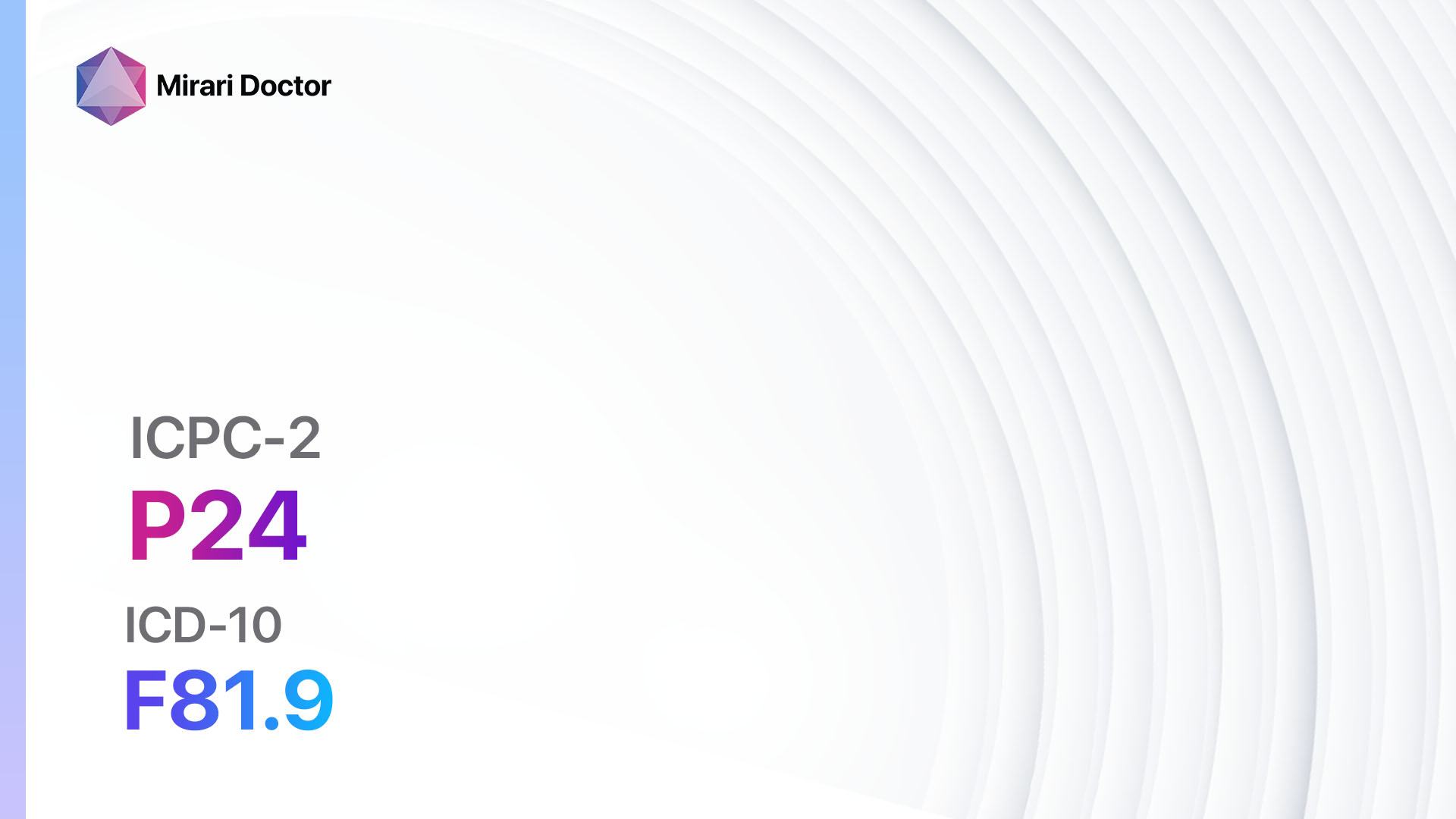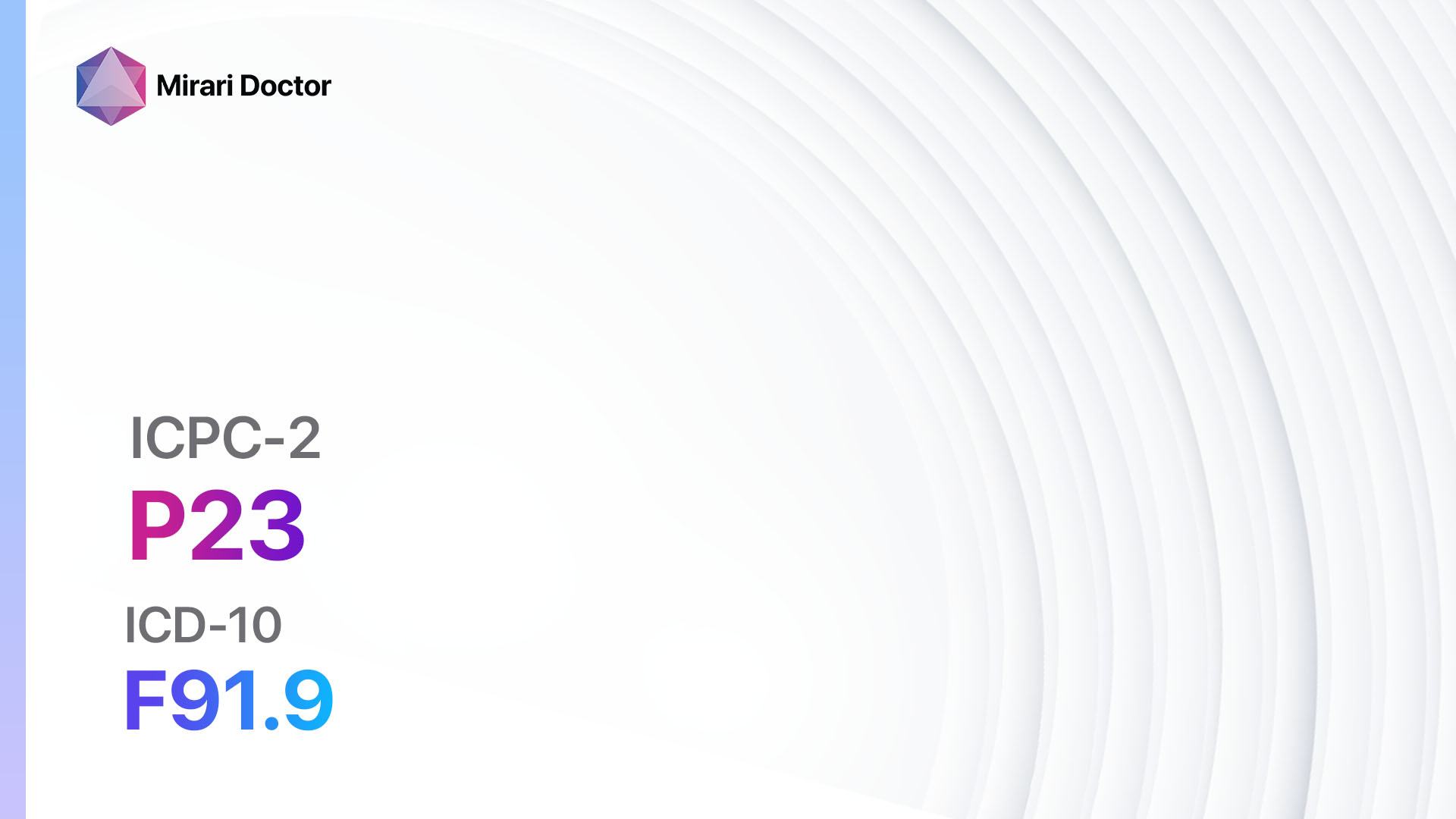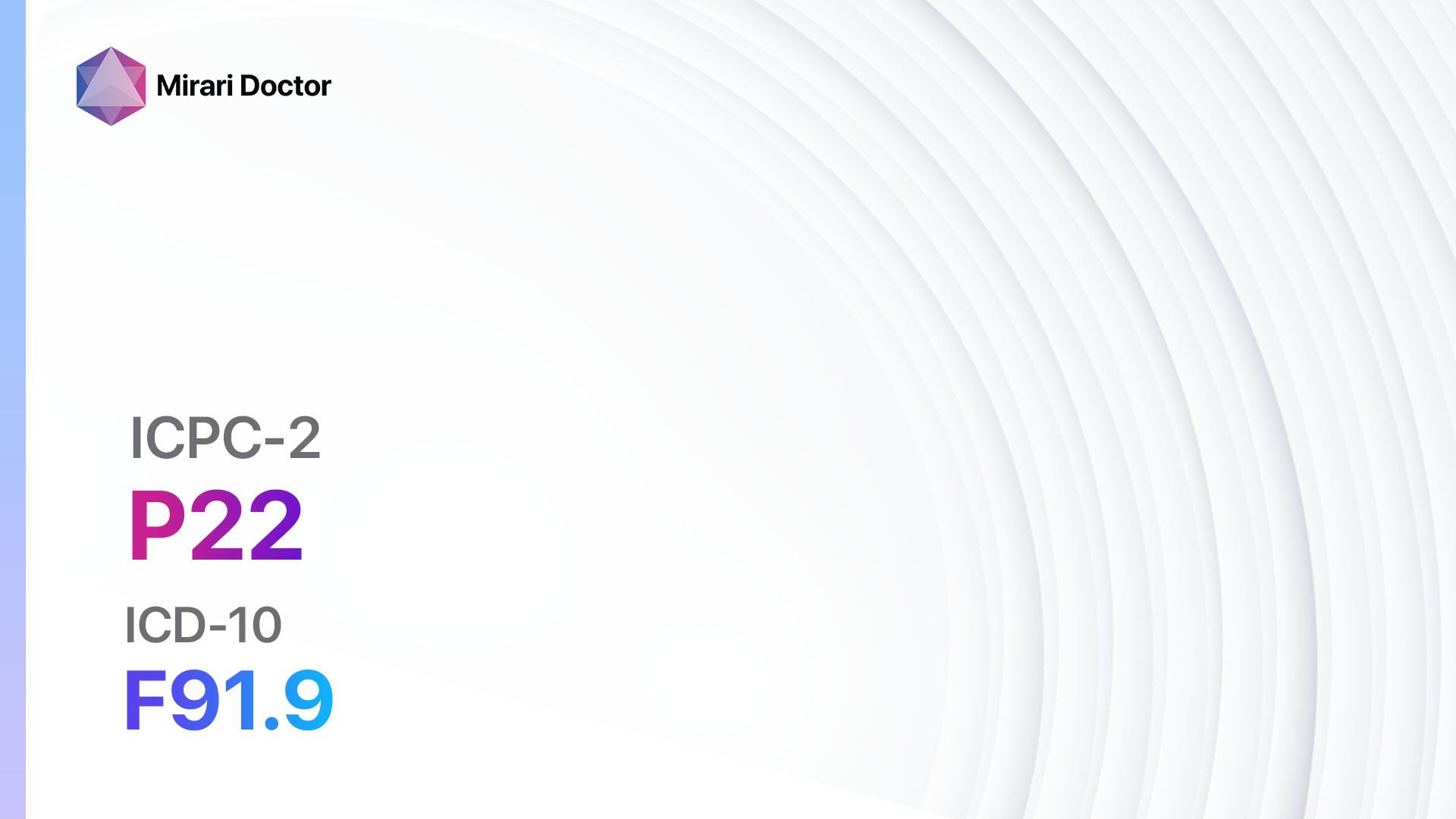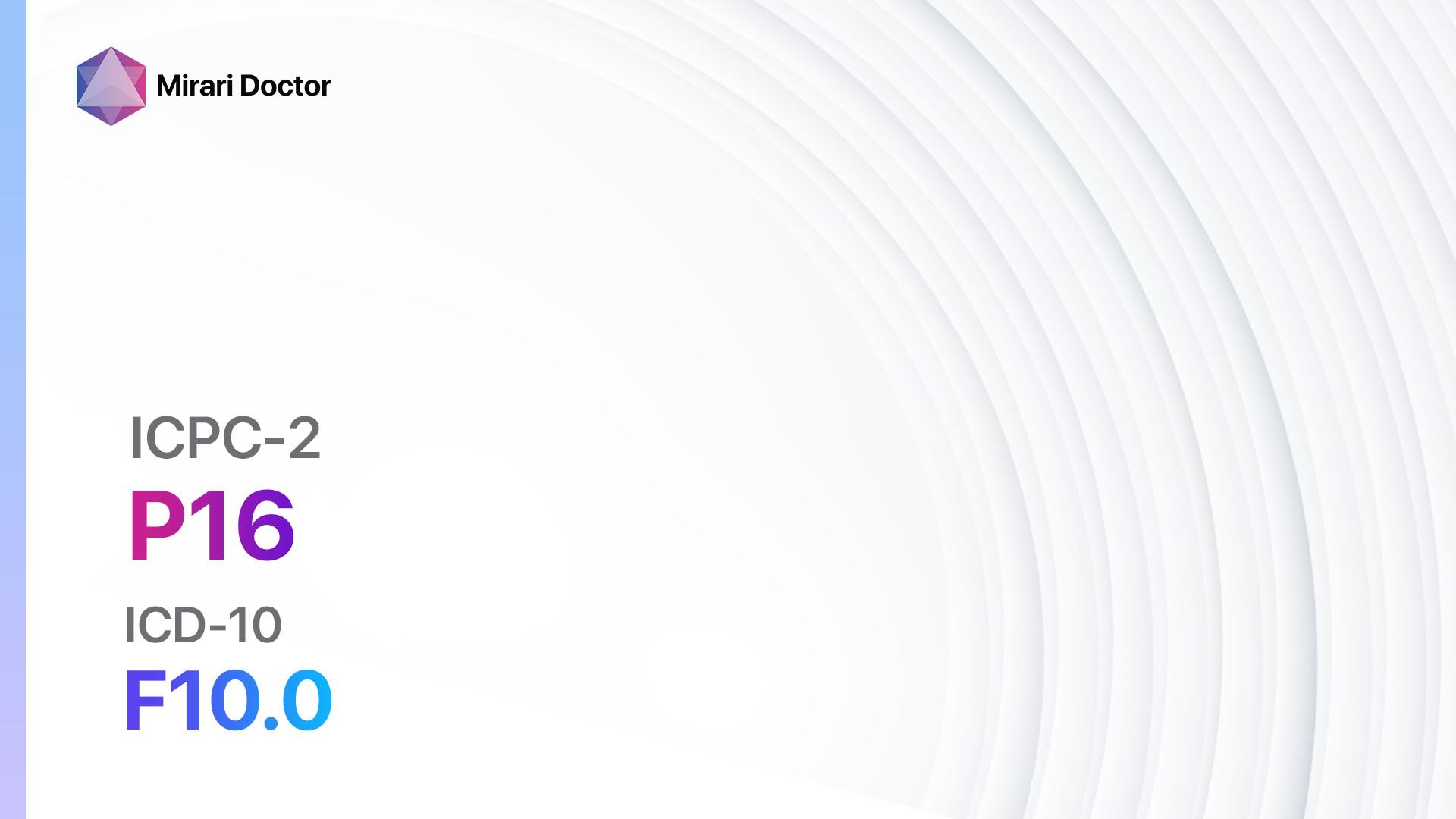
Introduction
Acute alcohol abuse refers to the excessive and harmful consumption of alcohol over a short period of time. It is a significant public health concern due to its potential for serious health consequences and social implications.[1] The aim of this guide is to provide healthcare professionals with a comprehensive overview of the diagnosis and management of acute alcohol abuse.
Codes
Symptoms
- Intoxication: Impaired judgment, slurred speech, unsteady gait, and altered behavior.[3]
- Hangover: Headache, nausea, fatigue, and dehydration.[4]
- Withdrawal: Tremors, anxiety, sweating, insomnia, and hallucinations.[5]
Causes
- Excessive alcohol consumption: Consuming large amounts of alcohol in a short period of time.[6]
- Binge drinking: Consuming a large quantity of alcohol within a few hours.[7]
- Social and psychological factors: Peer pressure, stress, and mental health issues.[8]
Diagnostic Steps
Medical History
- Gather information about the patient’s alcohol consumption patterns, including frequency and quantity.
- Assess the presence of any co-existing medical conditions, such as liver disease or psychiatric disorders.
- Identify any previous episodes of alcohol withdrawal or treatment for alcohol abuse.[9]
Physical Examination
- Assess vital signs, including blood pressure, heart rate, and temperature.
- Look for signs of alcohol intoxication, such as slurred speech and unsteady gait.
- Examine for any physical signs of chronic alcohol abuse, such as jaundice or liver enlargement.[10]
Laboratory Tests
- Blood alcohol concentration (BAC) test: Measures the amount of alcohol in the bloodstream.
- Liver function tests: Assess liver health and detect any alcohol-related liver damage.
- Complete blood count (CBC): Evaluate for anemia or other alcohol-related blood disorders.
- Electrolyte panel: Check for imbalances caused by alcohol-induced dehydration.
- Urine drug screen: Rule out the presence of other substances of abuse.
Diagnostic Imaging
- Abdominal ultrasound: Evaluate the liver for signs of fatty liver disease or cirrhosis.
- Brain imaging (CT or MRI): Assess for any alcohol-related brain damage or abnormalities.
- Chest X-ray: Screen for any alcohol-related respiratory complications, such as pneumonia.
Other Tests
- Psychiatric evaluation: Assess for any underlying mental health conditions contributing to alcohol abuse.
- Genetic testing: Identify genetic factors that may increase the risk of alcohol dependence.
Follow-up and Patient Education
- Schedule regular follow-up appointments to monitor progress and provide ongoing support.
- Educate the patient about the risks of continued alcohol abuse and the benefits of treatment.
- Provide information on support groups and counseling services for alcohol addiction.
Possible Interventions
Traditional Interventions
Medications:
Top 5 drugs for Acute alcohol abuse:
- Disulfiram:
- Cost: $50-$100 per month.
- Contraindications: Severe heart disease, liver disease, or psychosis.
- Side effects: Nausea, vomiting, headache, and drowsiness.
- Severe side effects: Liver toxicity, cardiovascular complications.
- Drug interactions: Alcohol, certain medications (e.g., metronidazole).
- Warning: Strict abstinence from alcohol is required.
- Acamprosate:
- Cost: $100-$200 per month.
- Contraindications: Severe renal impairment.
- Side effects: Diarrhea, nausea, and abdominal pain.
- Severe side effects: None reported.
- Drug interactions: None reported.
- Warning: May not be effective in patients with severe liver disease.
- Naltrexone:
- Cost: $50-$100 per month.
- Contraindications: Opioid use, acute hepatitis or liver failure.
- Side effects: Nausea, headache, and dizziness.
- Severe side effects: Liver toxicity, allergic reactions.
- Drug interactions: Opioids, certain medications (e.g., disulfiram).
- Warning: Strict abstinence from opioids is required.
- Benzodiazepines (e.g., Diazepam, Lorazepam):
- Cost: Generic versions can be $10-$30 per month.
- Contraindications: Severe respiratory depression, acute narrow-angle glaucoma.
- Side effects: Sedation, dizziness, and confusion.
- Severe side effects: Respiratory depression, paradoxical reactions.
- Drug interactions: Alcohol, other central nervous system depressants.
- Warning: Potential for dependence and withdrawal.
- Thiamine (Vitamin B1):
- Cost: $5-$10 per month.
- Contraindications: None reported.
- Side effects: None reported.
- Severe side effects: None reported.
- Drug interactions: None reported.
- Warning: Essential for preventing Wernicke-Korsakoff syndrome.
Surgical Procedures:
- No surgical procedures are indicated for the treatment of acute alcohol abuse.
Alternative Interventions
- Counseling and therapy: Cognitive-behavioral therapy (CBT) and motivational interviewing can help address underlying psychological factors contributing to alcohol abuse. Cost: $50-$200 per session.
- Support groups: Alcoholics Anonymous (AA) and other peer support groups provide a supportive environment for individuals seeking recovery. Cost: Free or minimal membership fees.
- Acupuncture: May help reduce alcohol cravings and promote relaxation. Cost: $60-$120 per session.
- Herbal supplements: Certain herbs, such as kudzu root and milk thistle, have been used to support alcohol addiction recovery. Cost: Varies depending on the specific supplement.
- Meditation and mindfulness practices: Can help individuals develop coping strategies and reduce stress. Cost: Free or minimal cost for instructional materials.
Lifestyle Interventions
- Avoidance of triggers: Identify and avoid situations or environments that may lead to alcohol abuse.
- Healthy diet and exercise: Promote overall well-being and reduce the risk of relapse.
- Stress management techniques: Engage in activities such as yoga, meditation, or deep breathing exercises to manage stress.
- Sleep hygiene: Establish a regular sleep schedule and practice good sleep habits to improve overall health and well-being.
- Social support: Surround oneself with a supportive network of friends and family who encourage sobriety.
It is important to note that the cost ranges provided are approximate and may vary depending on the location and availability of the interventions.
Mirari Cold Plasma Alternative Intervention
Understanding Mirari Cold Plasma
- Safe and Non-Invasive Treatment: Mirari Cold Plasma is a safe and non-invasive treatment option for various skin conditions. It does not require incisions, minimizing the risk of scarring, bleeding, or tissue damage.
- Efficient Extraction of Foreign Bodies: Mirari Cold Plasma facilitates the removal of foreign bodies from the skin by degrading and dissociating organic matter, allowing easier access and extraction.
- Pain Reduction and Comfort: Mirari Cold Plasma has a local analgesic effect, providing pain relief during the treatment, making it more comfortable for the patient.
- Reduced Risk of Infection: Mirari Cold Plasma has antimicrobial properties, effectively killing bacteria and reducing the risk of infection.
- Accelerated Healing and Minimal Scarring: Mirari Cold Plasma stimulates wound healing and tissue regeneration, reducing healing time and minimizing the formation of scars.
Mirari Cold Plasma Prescription
Video instructions for using Mirari Cold Plasma Device – P16 Acute alcohol abuse (ICD-10:F10.0)
| Mild | Moderate | Severe |
| Mode setting: 8 (Insomnia) Location: 7 (Neuro system & ENT) Morning: 15 minutes, Evening: 15 minutes |
Mode setting: 8 (Insomnia) Location: 7 (Neuro system & ENT) Morning: 30 minutes, Lunch: 30 minutes, Evening: 30 minutes |
Mode setting: 8 (Insomnia) Location: 7 (Neuro system & ENT) Morning: 30 minutes, Lunch: 30 minutes, Evening: 30 minutes |
| Mode setting: 6 (Liver/Kidney Therapy) Location: 3 (Kidney, Liver & Spleen) Morning: 15 minutes, Evening: 15 minutes |
Mode setting: 6 (Liver/Kidney Therapy) Location: 3 (Kidney, Liver & Spleen) Morning: 30 minutes, Lunch: 30 minutes, Evening: 30 minutes |
Mode setting: 6 (Liver/Kidney Therapy) Location: 3 (Kidney, Liver & Spleen) Morning: 30 minutes, Lunch: 30 minutes, Evening: 30 minutes |
| Total Morning: 30 minutes approx. $5 USD, Evening: 30 minutes approx. $5 USD |
Total Morning: 60 minutes approx. $10 USD, Lunch: 60 minutes approx. $10 USD, Evening: 60 minutes approx. $10 USD, |
Total Morning: 60 minutes approx. $10 USD, Lunch: 60 minutes approx. $10 USD, Evening: 60 minutes approx. $10 USD, |
| Usual treatment for 7-60 days approx. $70 USD – $600 USD | Usual treatment for 6-8 weeks approx. $1,260 USD – $1,680 USD |
Usual treatment for 3-6 months approx. $2,700 USD – $5,400 USD
|
 |
|
Use the Mirari Cold Plasma device to treat Acute alcohol abuse effectively.
WARNING: MIRARI COLD PLASMA IS DESIGNED FOR THE HUMAN BODY WITHOUT ANY ARTIFICIAL OR THIRD PARTY PRODUCTS. USE OF OTHER PRODUCTS IN COMBINATION WITH MIRARI COLD PLASMA MAY CAUSE UNPREDICTABLE EFFECTS, HARM OR INJURY. PLEASE CONSULT A MEDICAL PROFESSIONAL BEFORE COMBINING ANY OTHER PRODUCTS WITH USE OF MIRARI.
Step 1: Cleanse the Skin
- Start by cleaning the affected area of the skin with a gentle cleanser or mild soap and water. Gently pat the area dry with a clean towel.
Step 2: Prepare the Mirari Cold Plasma device
- Ensure that the Mirari Cold Plasma device is fully charged or has fresh batteries as per the manufacturer’s instructions. Make sure the device is clean and in good working condition.
- Switch on the Mirari device using the power button or by following the specific instructions provided with the device.
- Some Mirari devices may have adjustable settings for intensity or treatment duration. Follow the manufacturer’s instructions to select the appropriate settings based on your needs and the recommended guidelines.
Step 3: Apply the Device
- Place the Mirari device in direct contact with the affected area of the skin. Gently glide or hold the device over the skin surface, ensuring even coverage of the area experiencing.
- Slowly move the Mirari device in a circular motion or follow a specific pattern as indicated in the user manual. This helps ensure thorough treatment coverage.
Step 4: Monitor and Assess:
- Keep track of your progress and evaluate the effectiveness of the Mirari device in managing your Acute alcohol abuse. If you have any concerns or notice any adverse reactions, consult with your health care professional.
Note
This guide is for informational purposes only and should not replace the advice of a medical professional. Always consult with your healthcare provider or a qualified medical professional for personal advice, diagnosis, or treatment. Do not solely rely on the information presented here for decisions about your health. Use of this information is at your own risk. The authors of this guide, nor any associated entities or platforms, are not responsible for any potential adverse effects or outcomes based on the content.
Mirari Cold Plasma System Disclaimer
- Purpose: The Mirari Cold Plasma System is a Class 2 medical device designed for use by trained healthcare professionals. It is registered for use in Thailand and Vietnam. It is not intended for use outside of these locations.
- Informational Use: The content and information provided with the device are for educational and informational purposes only. They are not a substitute for professional medical advice or care.
- Variable Outcomes: While the device is approved for specific uses, individual outcomes can differ. We do not assert or guarantee specific medical outcomes.
- Consultation: Prior to utilizing the device or making decisions based on its content, it is essential to consult with a Certified Mirari Tele-Therapist and your medical healthcare provider regarding specific protocols.
- Liability: By using this device, users are acknowledging and accepting all potential risks. Neither the manufacturer nor the distributor will be held accountable for any adverse reactions, injuries, or damages stemming from its use.
- Geographical Availability: This device has received approval for designated purposes by the Thai and Vietnam FDA. As of now, outside of Thailand and Vietnam, the Mirari Cold Plasma System is not available for purchase or use.
References
- World Health Organization. Global status report on alcohol and health 2018. Geneva: WHO; 2018.
- World Health Organization. International statistical classification of diseases and related health problems, 10th revision (ICD-10). Geneva: WHO; 2019.
- National Institute on Alcohol Abuse and Alcoholism. Alcohol’s effects on the body. 2021.
- Verster JC, et al. The alcohol hangover research group consensus statement on best practice in alcohol hangover research. Curr Drug Abuse Rev. 2010;3(2):116-126.
- American Psychiatric Association. Diagnostic and Statistical Manual of Mental Disorders, 5th Edition (DSM-5). Arlington, VA: American Psychiatric Publishing; 2013.
- Rehm J, et al. Global burden of disease and injury and economic cost attributable to alcohol use and alcohol-use disorders. Lancet. 2009;373(9682):2223-2233.
- National Institute on Alcohol Abuse and Alcoholism. Drinking levels defined. 2021.
- Keyes KM, et al. Stress and alcohol: epidemiologic evidence. Alcohol Res. 2012;34(4):391-400.
- Schuckit MA. Alcohol-use disorders. Lancet. 2009;373(9662):492-501.
- O’Shea RS, et al. Alcoholic liver disease. Hepatology. 2010;51(1):307-328.
Related articles
Made in USA


